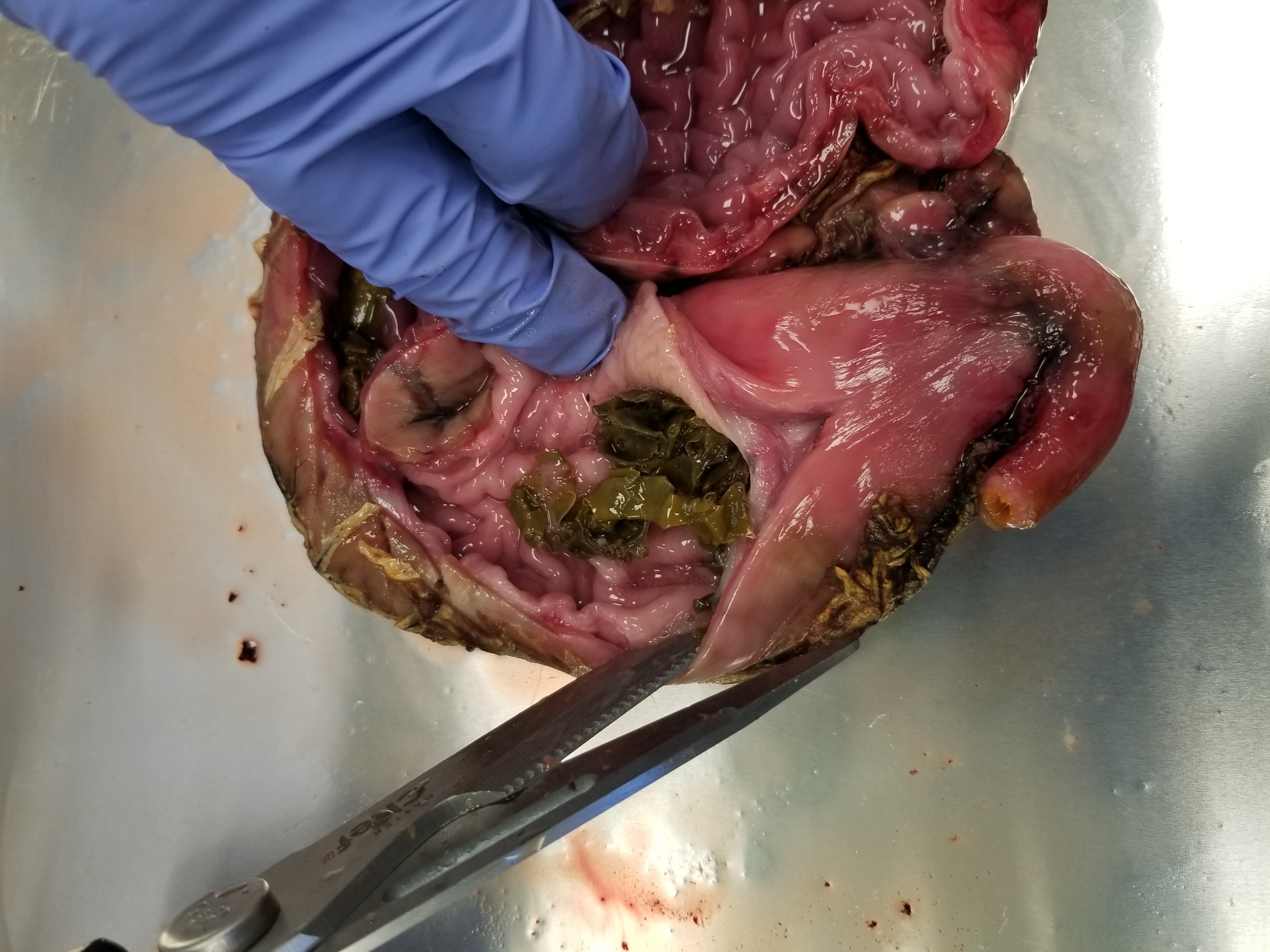Good news: Canadian Arctic seals have not been eating plastics
Publishing null results helps us understand where wildlife is safe from plastic ingestion
Photo by Yuriy Rzhemovskiy on Unsplash
Plastics are everywhere. It isn't just humans who are ingesting microplastics on a daily basis, but animals too, such as sea turtles and albatrosses. Plastics can even be found in remote locations, including a high-altitude lake in the Pyrenees mountains in southern France. This increase in plastic pollution prompted researchers to ask: how prevalent is marine plastic pollution, and to what extent is it impacting Arctic wildlife?
But there's good news here for once: a new study out in the Marine Pollution Bulletin found no sign of plastics in the stomachs of 142 seals found in the eastern Canadian Arctic.

Madelaine Bourdages
Seals are an important member of the Arctic marine ecosystem, and act as a vital source of nutrition, cultural and economic value in northern communities. Any plastic ingestion would impact not only the seals, but their surrounding ecosystem and communities too. To investigate whether seals were ingesting and accumulating plastics, researchers collaborated with Inuit hunters to examine the stomach contents of 142 seals found in Arviat, Naujaat, Sanikiluaq, and Iqaluit between 2007 and 2019.
Together, the Inuit hunters and researchers characterized the seals; they determined age, examined tissue pathology, and used sieves to collect plastics >425 μm in size (that's about the size of the period at the end of this sentence!) in the stomach contents for 135 ringed seals (Phoca hispida), six bearded seals (Erignathus barbatus) and one harbour seal (Phoca vitulina).
The study found no accumulation of large plastics in the seals examined. Instead, krill or small fish were found in the seal stomachs, with a few containing parasitic roundworms. Around 30 seal stomachs were empty (consistent with other studies), and for 10 stomachs, the contents could not be identified as they were partially digested.

Seal stomach contents.
Madelaine Bourdages
It's worth noting that there may have been microplastics smaller than 425 μm in the seal stomachs. These microplastics wouldn't have been picked up by the sieves, but they also are likely too small to be retained and would have passed straight through the seals' stomachs.
The lead author, Madelaine Bourdages, is a graduate student at Carleton University. Bourdages commented that the results were somewhat surprising given the increase in plastic pollution in the environment, but points out that since “the majority of the seal stomachs contained euphausiids [krill] and fish, [this] suggests that the seals we looked at were likely feeding somewhere in the middle of the water column, and could have potentially been less exposed to larger plastics that typically either float or sink.”
Interestingly, this study is one of the few to report zero plastic ingestion; others include no plastic ingestion found in 134 silver hakes (Merluccius bilinearis) on the Newfoundland south coast, and in Antarctic fur seal scat and albatross stomachs from three islands in the Indian and South Atlantic Oceans. Reporting null results like this study is important — not only to establish a baseline to monitor marine plastic pollution in this particular region, but to better understand where plastic ingestion is and isn't happening.